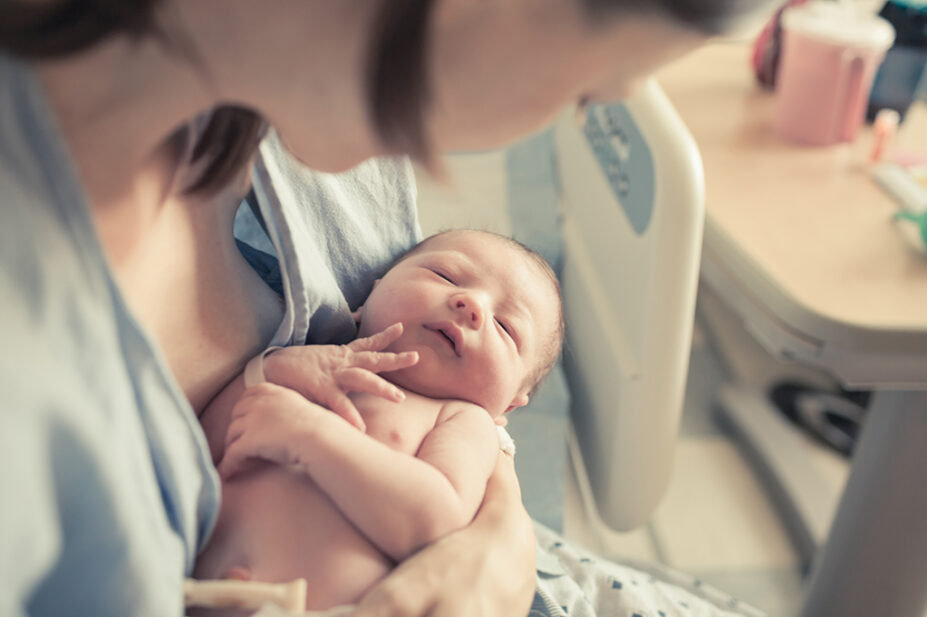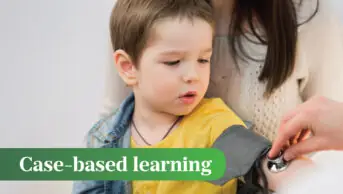
Shutterstock.com
A study of more than 8,000 women has revealed that declining use of the antiseizure medicines valproate and carbamazepine in women with epilepsy is leading to a decrease in major congenital malformations (MCMs) in children.
Researchers conducting a prospective, observational, longitudinal cohort study of 9,840 pregnancies that occurred in 8,483 women from June 1999 to October 2022 found the overall prevalence of MCMs decreased by 39% over that time, in parallel with declining use of valproate and carbamazepine and greater use of levetiracetam and lamotrigine.
Babies exposed to valproate in the womb are at significant risk of developing foetal valproate spectrum disorder — the collective name for a variety of disorders and development issues, including spina bifida, autism, and malformations of the brain, heart and kidneys.
Doctors from more than 40 countries enrolled antiseizure medication (ASM)-treated women with epilepsy before pregnancy outcome was known in the study and followed up their offspring until one year after birth.
Participants aged 14–55 years who were exposed to eight of the most frequently used ASMs during pregnancy were included in the study.
Of the 9,840 pregnancies, children exposed to levetiracetam, oxcarbazepine and lamotrigine had the lowest prevalence of MCMs, compared with a significant increase in the prevalence of MCMs associated with increasing doses of carbamazepine, phenobarbital and valproate.
Overall prevalence of MCMs decreased from 6.1% (153 of 2,505) during the period 1998 to 2004, to 3.7% (76 of 2,054) during the period 2015 to 2022, which researchers said was “significant in univariable logistic analysis but not after adjustment for changes in ASM exposure pattern”.
Noting that the shift in exposure pattern over time, with declining exposure to valproate and carbamazepine and greater use of lamotrigine and levetiracetam, “has major public health implications”, the researchers said that the study results suggest a need for “essential information for safer treatment selection in women of childbearing potential requiring ASM therapy”.
In December 2022, the Medicines and Healthcare products Regulatory Agency (MHRA) announced a two-doctor sign off requirement for prescribing valproate, following a recommendation by the Commission on Human Medicines.
This was among several other regulatory measures intended to reduce the harm from sodium valproate that were introduced in January 2024.
Also in January 2024, the MHRA said it would look again at evidence from a study evaluating a link between paternal valproate exposure and developmental disorders in children.
In March 2023, a group of 11 UK epilepsy charities and support groups published a joint statement opposing the two-doctor sign off for valproate treatment, calling it “totally out of proportion to the risks to patient safety”.
Commenting on the study, Alison Fuller, director of health improvement and influencing at Epilepsy Action, said: “It’s positive to see new data suggesting an overall reduction in cases of children born with birth defects. We also welcome the additional reassurance, according to the findings, that there are some safer ASM options for women to take during pregnancy.
“On the other hand, it’s true that, for some people, medications like sodium valproate, which are linked to increased risks of birth defects if taken during pregnancy, are the only kind that will control their seizures.
“People with epilepsy need to have access to treatments that are both safe and effective. We still need more research into current epilepsy medicines, and to ensure more options are developed that are both successful in controlling seizures, and are safe for the patient.”


